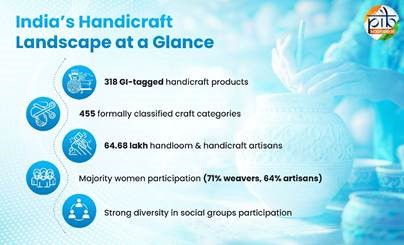Description
GS PAPER III: Indian Economy and issues relating to Planning, Mobilization of Resources, Growth, Development and Employment.
Context: In a bid to manage the yield curve and enable the government to borrow at lower rates, Reserve Bank of India announced second round of the Government Securities Acquisition Programme (G-SAP).
- RBI’s move to continue to use its unconventional tools to keep yields stable amid a large government borrowing programme provides succour to keep borrowing costs contained for the private sector.
- The first two auctions conducted by the RBI under the first G-SAP programme helped keep interest rates benign for 91-day T Bills, commercial papers and certificates of deposit.
- The central bank has been deploying both conventional and unconventional tools to manage liquidity in the system in consonance with its monetary policy stance.
- The timing of the second auction was aimed at replenishing the drainage of liquidity due to the restoration of the cash reserve ratio (CRR) to its pre-pandemic level of 4% of net demand and time liabilities (NDTL).
- The G-sec Acquisition Programme (G-SAP) 2.0 will help in calming yields and control undue volatility faced by market participants in the government securities market.
What is a Government Security (G-Sec)?
- A Government Security (G-Sec) is a tradeable instrument issued by the Central Government or the State Governments.
- It acknowledges the Government’s debt obligatio
- Such securities are short term (usually called treasury bills, with original maturities of less than one year) or long term (usually called Government bonds or dated securities with original maturity of one year or more).
- In India, the Central Government issues both, treasury bills and bonds or dated securities while the State Governments issue only bonds or dated securities, which are called the State Development Loans (SDLs).
- G-Secs carry practically no risk of default and, hence, are called risk-free gilt-edged instruments.
- Treasury Bills (T-bills): are money market instruments, are short term debt instruments issued by the Government of India and are presently issued in three tenors, namely, 91 day, 182 day and 364 day.
- Treasury bills are zero coupon securities and pay no interest. Instead, they are issued at a discount and redeemed at the face value at maturity. The return to the investors is the difference between the maturity value or the face value and the issue price.
- Cash Management Bills (CMBs): Cash Management Bills (CMBs) are introduced, to meet the temporary mismatches in the cash flow of the Government of India. The CMBs have the generic character of T-bills but are issued for maturities less than 91 days.
- Dated G-Secs are securities which carry a fixed or floating coupon (interest rate) which is paid on the face value, on half-yearly basis. Generally, the tenor of dated securities ranges from 5 years to 40 years.
How are the G-Secs issued?
- G-Secs are issued through auctions conducted by RBI.
- Auctions are conducted on the electronic platform called the E-Kuber, the Core Banking Solution (CBS) platform of RBI.
- Commercial banks, scheduled UCBs, Primary Dealers, insurance companies and provident funds, who maintain funds account (current account) and securities accounts (Subsidiary General Ledger (SGL) account) with RBI, are members of this electronic platform.
https://www.financialexpress.com/industry/banking-finance/rbi-announces-second-round-of-g-sap-to-keep-yields-in-check/2265365/










